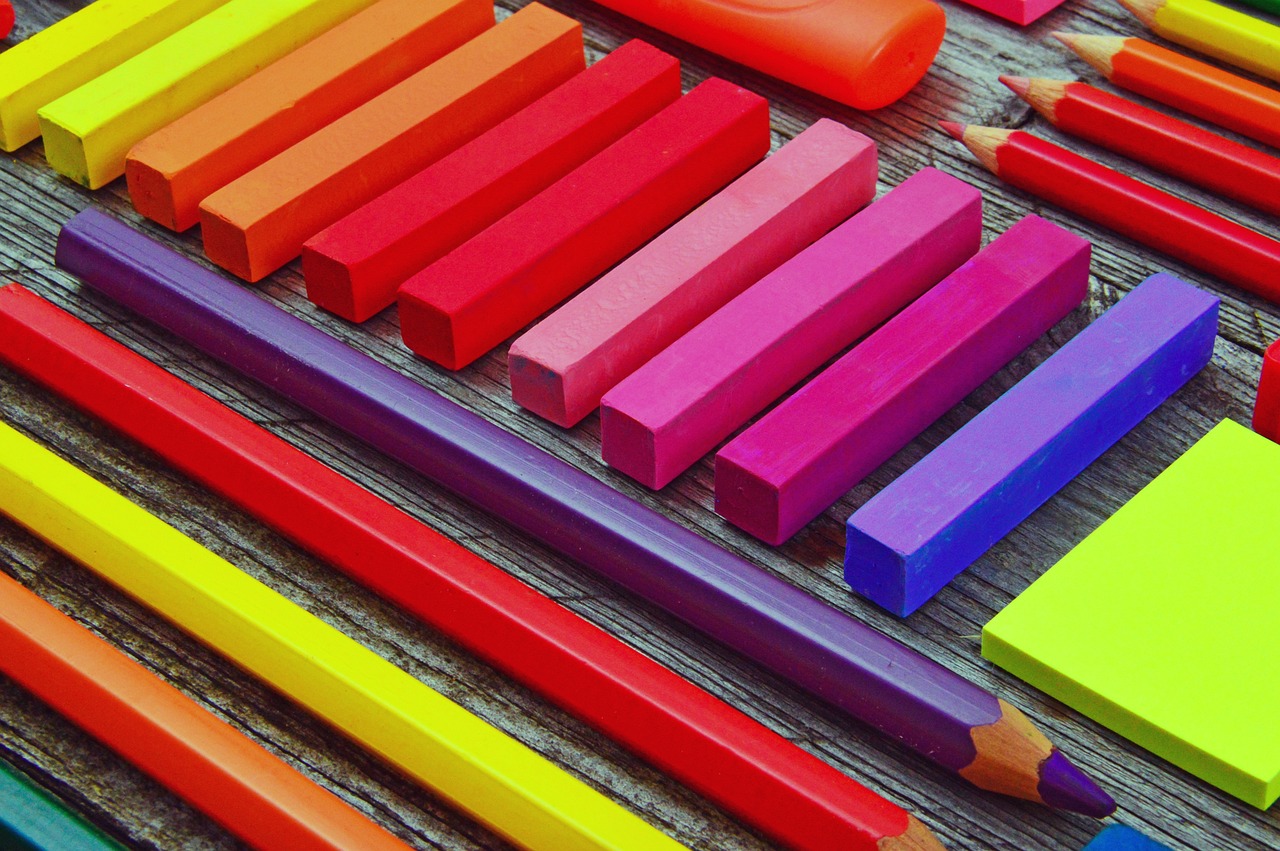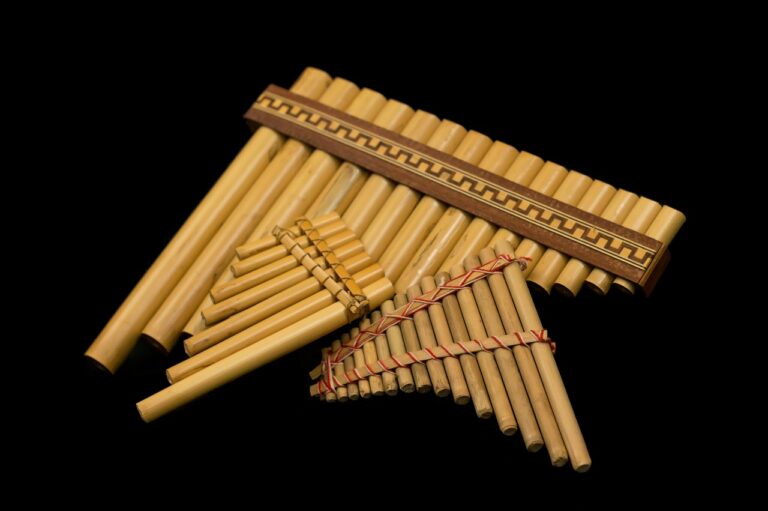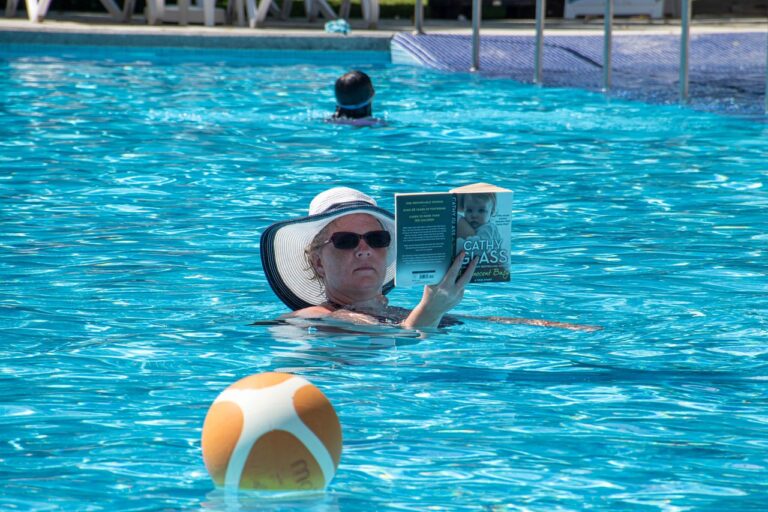Leveraging Maker Spaces for Hands-On Learning Experiences
Maker spaces offer a unique environment for hands-on learning, allowing students to actively engage in the creative process. By providing access to a variety of tools and materials, maker spaces encourage experimentation and problem-solving skills. This hands-on approach fosters a deeper understanding of concepts and promotes critical thinking abilities among learners.
Furthermore, maker spaces promote collaboration and teamwork as students work together to explore ideas and bring their projects to life. This collaborative aspect not only enhances social skills but also encourages communication and sharing of knowledge. By working in a maker space, students can develop a sense of confidence in their abilities and a passion for learning through practical application.
Creating an Interactive Learning Environment with Maker Spaces
Maker spaces have revolutionized the way students engage with learning materials. These dynamic environments provide hands-on experiences that foster creativity, critical thinking, and problem-solving skills. By offering access to tools like 3D printers, electronics kits, and crafting supplies, maker spaces empower students to take ownership of their learning journey.
Moreover, the collaborative nature of maker spaces encourages peer-to-peer learning and teamwork. Students have the opportunity to share ideas, troubleshoot challenges together, and celebrate each other’s successes. This communal approach not only enhances the learning experience but also nurtures a sense of community and camaraderie among students.
Incorporating Maker Spaces into Educational Curriculum
Maker spaces have gained recognition in the educational realm for their ability to foster creativity and hands-on learning. By incorporating maker spaces into the educational curriculum, students are presented with opportunities to apply theoretical knowledge in practical settings. This experiential learning approach not only enhances understanding but also cultivates innovative thinking and problem-solving skills among students.
Moreover, integrating maker spaces into the curriculum promotes a more interactive learning environment. Through hands-on projects and collaborative tasks, students can engage actively with the material, resulting in deeper comprehension and retention of concepts. As a result, students are not only learners but creators, shaping their educational experiences and preparing themselves for real-world challenges.
What are maker spaces?
Maker spaces are collaborative workspaces where students can gather to create, invent, and learn through hands-on projects.
How can maker spaces benefit students in education?
Maker spaces can benefit students by providing a hands-on learning experience, fostering creativity and innovation, and promoting problem-solving skills.
How can educators incorporate maker spaces into their curriculum?
Educators can incorporate maker spaces into their curriculum by integrating hands-on projects, promoting collaboration among students, and providing access to a variety of tools and materials.
What are some examples of projects that can be done in maker spaces?
Some examples of projects that can be done in maker spaces include building robots, designing prototypes, creating artwork, and experimenting with coding and electronics.
Are maker spaces suitable for all grade levels?
Yes, maker spaces can be adapted for all grade levels, from elementary school to higher education, by adjusting the complexity of projects and providing appropriate guidance and resources.







